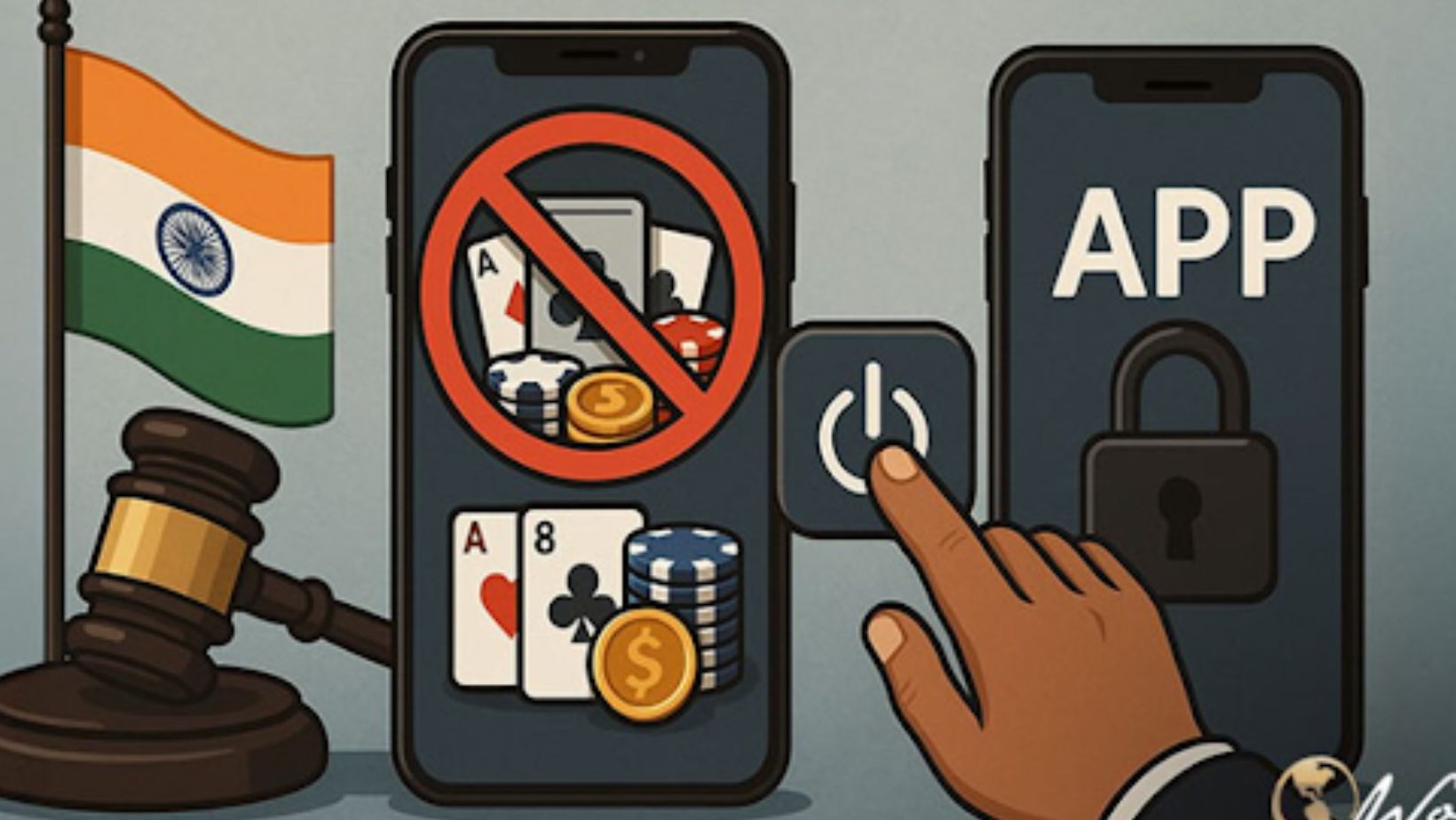Gambling has been a part of human culture for centuries, and India is among the countries where it has existed since ancient times. Primitive casino-like games are deeply intertwined with local mythology, traditions, and community. Undeniably, gambling has undergone a remarkable transformation during its years of existence. From the first dice games described in the Mahabharata to innovative digital betting destinations, the industry experienced different periods in India. Tracking the evolution is crucial to understanding the role of this activity in shaping social attitudes, regulations, and technological advancements.
Ancient Roots: Gambling in Indian Traditions and Mythology
The first mentions of gambling in India can be found in the Rig Veda, the sacred book. There, people used to play the first games using nuts. Later on, the Mahabharata described how a mythological character loses everything when playing dice, including the entire kingdom and even his own brother. This poem normalized gambling, providing readers with the understanding that this pastime was increasingly widespread centuries ago. Moreover, experts are confident that the Mahabharata is among the first sources globally that reveal the harmful aspects of this activity, which are well-known to modern people.
Gambling wasn’t only a part of mythology. Throughout Indian history, different forms of this entertainment were present in its territory. Card, dice, and board games were widely practiced during festivals. Betting on animal fights also became a common activity in the state. These are the roots of modern sports wagering, which has been transforming as humanity has evolved. For residents of Ancient India, gambling was a simple entertainment option; instead, people used it to test their luck and fate.
Colonial Influence and the First Legal Framework
Like in many other countries, the development of the gambling sector was heavily influenced by numerous factors. The arrival of British colonizers became a new historical twist. In the 19th century, people recognized the harms of this activity, and many states worldwide fully prohibited it. British administration initiated similar bans in India. The Public Gambling Act of 1867 was introduced to limit residents’ access to underground gaming clubs and highlight the risks of uncontrolled habits. This document clearly differentiates games of skill and games of chance, with the latter option being prohibited until now.
This Act laid the foundation for all future gambling regulation in India, and surprisingly, it is still in force in many states today, over 150 years later. However, it only covers the offline sector, allowing users to join international platforms like 1 x Bed without restrictions. While many countries have already adapted industry regulations to modern realities, India adheres to outdated laws and is still working on potential amendments.
The impact of British colonizers was significant in the 19th century. Besides implementing a total ban on games of chance, they legalized horse racing betting and lotteries. This shift shaped the beginning of the dualistic gambling culture, where separate activities were seen as respectable and others fell under a strict prohibition.

Satta Matka: The Rise of Organized Gambling
In post-independence India, a new form of gambling has emerged. Satta Matka was introduced as a speculative game that involved numbers tied to cotton prices in the New York Stock Exchange. With time, it has evolved into a betting system based on random draws. Rooted in Mumbai, Satta Matka attracted different populations, from workers to successful entrepreneurs. In the 1960s, the game was a legal grey area, so Indian residents faced no limitations when joining it.
Underground networks helped maintain their popularity: while it was a profitable opportunity for many residents, it also created negative effects like addiction, crime, and mental health problems. Satta Matka was the foundation of locals’ excitement about gambling activities and was the first entertainment option that introduced the concept of instant gratification. People were attracted by the chance of getting quick money, although the activity involved significant risks.
The Digital Revolution: Inception of the Online Betting Sector
The rise of the Internet and quick smartphone penetration nationwide boosted Indians’ attention to the iGaming sector. The first online casinos and bookmakers were presented in the late 1990s, but the trend skyrocketed in the country about a decade later. The lack of industry regulations allows overseas platforms to enter the market, but domestic operators are strictly prohibited. Indian users actively take advantage of the digital sector, which continues to evolve today. Here are the key factors that make online casinos and bookies attractive to locals, especially youngsters:
- Round-the-clock accessibility
- Variety of content for all preferences
- Chance to play anonymously
- Instant digital payments
- Mobile compatibility
- Gamified experiences
Many users still perceive this pastime as a way to earn money quickly. However, as the industry evolves, people are becoming increasingly aware of the threats that real-money gambling imposes. Many reputable operators inform their customers about the need to take breaks and limit their sessions for better experiences. Like many centuries ago, Indians remain loyal to their passion to gambling, but the quick technological advancement helps them be more conscious about the consequences.



